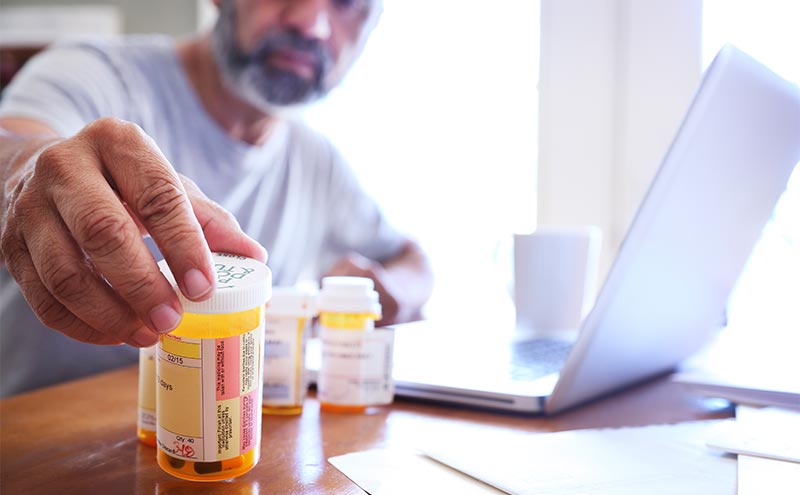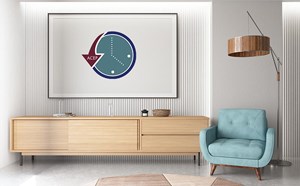
Update: Self-Administered Home Medications in Observation
This year, an issue was presented to the ACEP Council regarding an important subject affecting our patients. Currently, there is a significant focus on unexpected and variable out-of-pocket costs for Medicare beneficiaries. Patients placed under observation status are covered under Medicare Part B. However, this does not cover medications that are considered self-administered home medications. This out-of-pocket cost is estimated at $209 USD per observation visit for medication that would otherwise cost the facility $43. As we know, the number of observation visits continues to increase, as does the patient/society concern regarding cost shifting to vulnerable patients. This is additionally complicated by the fact that there is no standardized process across hospitals to deal with billing for these medications. Currently, patients can submit claims for this expense to Medicare Part D coverage if specific criteria are met, and the patient would typically have to upfront the payment and request reimbursement. The current coverage and billing for these medications places a hardship on affected patients.
The initial logical answer would be to let the patients take their own home medications. As providers, we know that many patients do not bring their medications to the hospital for emergent visits. Additionally, this opens a Pandora’s box of patient safety and compliance issues. Where does the medication get stored? Where, how, and by whom do the medications get verified, administered, and documented? This can lead to drug interaction and compliance issues. The Joint Commission directs hospitals to identify, verify, and secure patient medication. This process can strain the resources of an observation unit and is time consuming, particularly considering the typical observation length of stay.
There is significant focus on the patient advocacy side of the billing issue when it comes to protecting patients from costs being shifted to them for observation stays. The Medicare Payment Advisory Committee (MedPAC) recommended the cost of these medications not be passed on to beneficiaries as an out-of-pocket expense; however, the Centers for Medicare and Medicaid Services (CMS) did not implement this recommendation. Additionally, the Office of the Inspector General has previously noted it would not sanction hospitals for discounting charges for these medications and recommended to CMS that methods be explored to protect patients from variable outpatient costs.
The 2017 ACEP Council was faced with a resolution submitted and sponsored by both the Observation Medicine Section and New York ACEP. The “asks” were that ACEP support coverage of medications administered in the observation setting without the additional step of patients negotiating the reimbursement process, and that ACEP support a goal to have patient out-of-pocket expenses for observation be no greater than the expense to the patient for an inpatient stay. The second statement addresses the issue that Medicare observation patients are responsible for 20% of approved charges, which can be greater than their deductible would be for an inpatient admission.
I am happy to report the ACEP Council voted in favor of this resolution, and it will be submitted to the Board of Directors for action. This move by ACEP is an important step to protect our patients and align with patient advocacy groups looking to curtail the shifting of costs onto our patients. Patients should not have to face higher costs for observation services than an inpatient visit due to coverage technicalities.
Robert M. Bramante, MD, FACEP
Associate Chairman, Emergency Medicine
Good Samaritan Hospital Medical Center
Progressive Emergency Physicians


